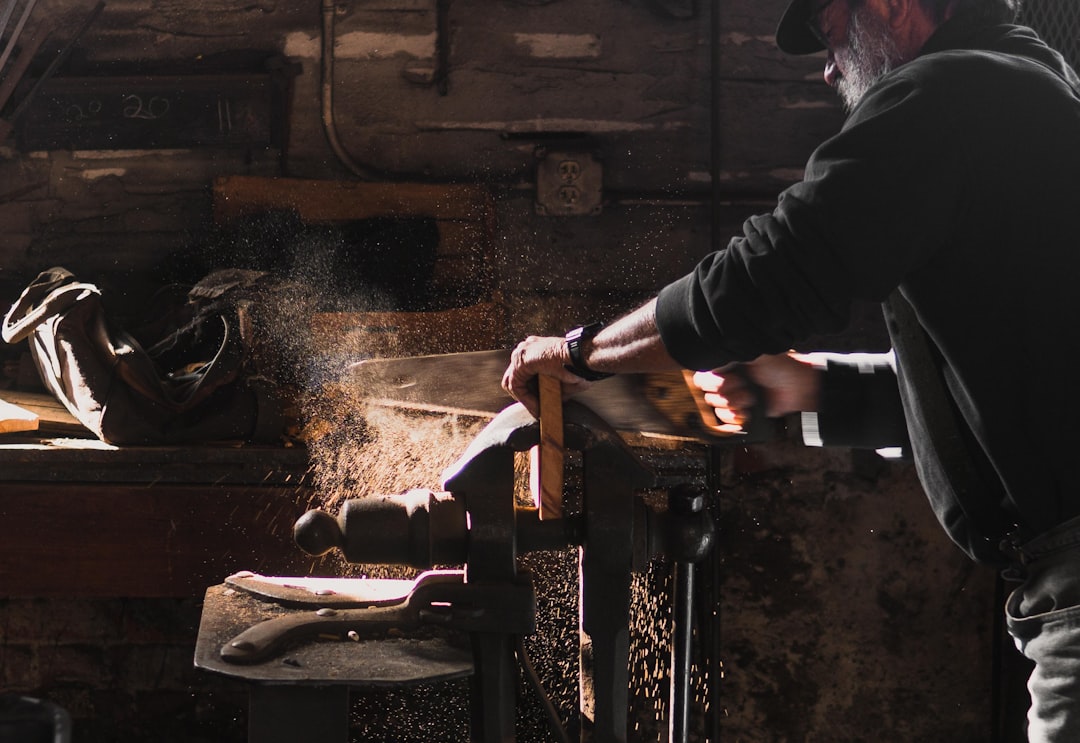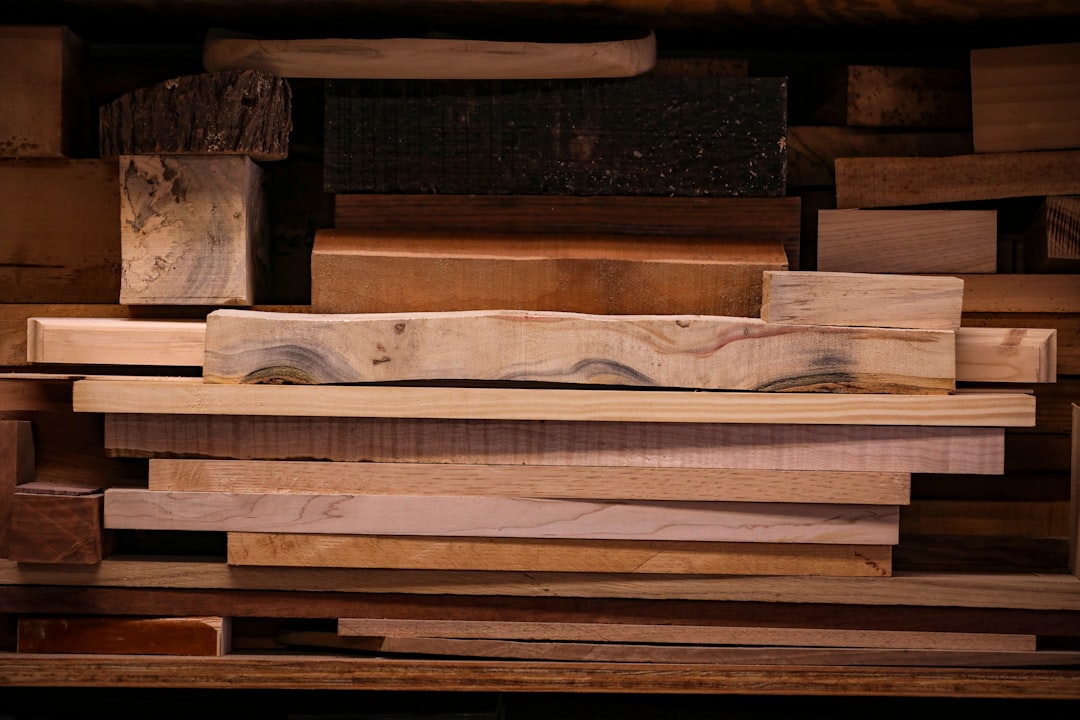Acrylic laser cutting can be performed in multiple ways. However, there are different factors that impact the cutting process. In this article, we’ll take a look at the cutting requirements, delve into some bit of physics, and also talk about laser power and acrylic types.
Know What You Want
Before going ahead with the cutting process, have a clear understanding of what you want. Will the finished product require flame polishing, or would it end up serving the purpose of a mechanical tool or component? Once you are clear on these things, you would know the kind of cut required.
Laser Physics
An impeccable acrylic laser cut has some heavy physics behind it. Basically, acrylics are cut through solid material vaporization. The laser gets absorbed by the substance that causes it to transform into a liquid and then vapor from being a solid. Extremely low chemical degradation level is required to achieve this. To tackle the large quantities of vapor generated through laser cutting, a strong, high-quality vacuum system is needed to get rid of the vapor. The vapor being released courtesy the laser cutting is flammable, which is why the laser setup must not be left unattended when cutting acrylics.
A mild stream of nitrogen or air would blow away the vapor from the cutting site, thereby mitigating vapor ignition. The gentle air stream also assists with solidifying the leftover liquid close to the cut line. This helps create a smooth, glossy flame-polished finish. However, this entire process is a two-edged sword. In case the air stream is too strong, the cutting edge would get marred when it’s in its solidification stage and end up as a wavy or frosted cutting edge. Therefore, a variable air pressure regulator is a must.
Acrylic Types
Primarily, there are two kinds of acrylic: extruded and cast. These two variants have marginally different chemistries and are produced separately, which explains their significantly different cutting traits. For the majority of usage scenarios, cast acrylic is considered the right material. However, for certain applications, extruded acrylic could be more advantageous.
Laser Power
Generally, every 10-watt power can help you cut 0.04 inch or 1mm of material. This would let you flame-polish cuts and deliver decent production speeds. The higher the wattage, the greater would be the cutting potential. But that isn’t always the case. Moreover, cutting quality may take a hit when more power is employed but not handled properly. However, increased power has a major advantage – your cutting would become more versatile and thin materials could be cut through quickly and easily. As far as cutting thicker materials goes, more power is essential.











